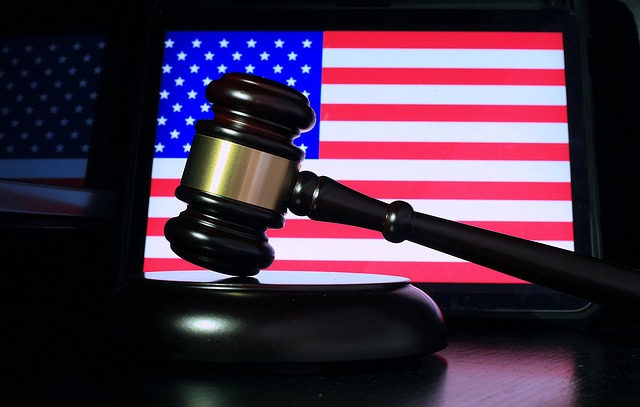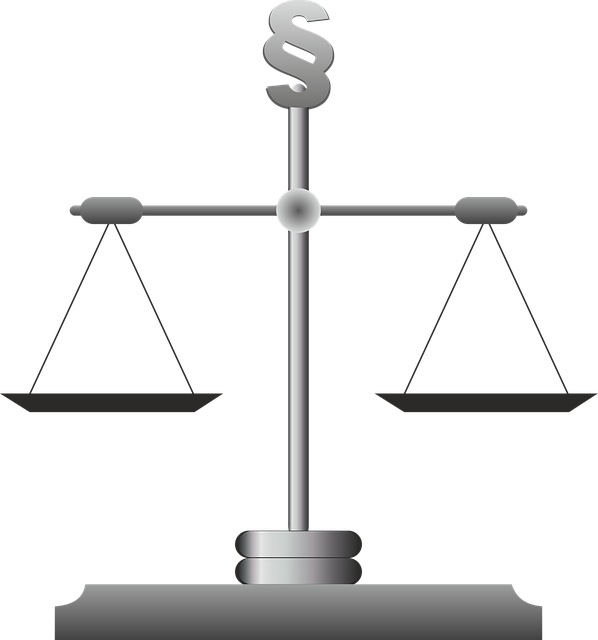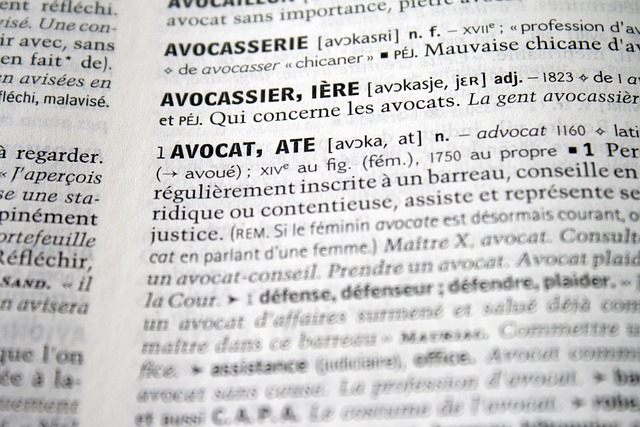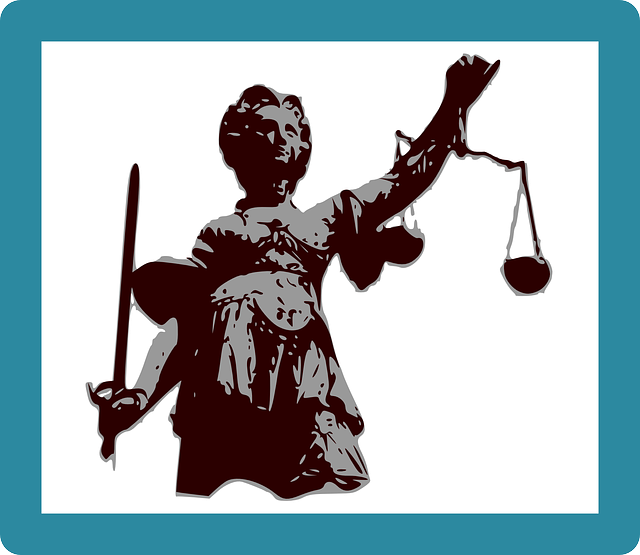Pedestrian accident medical bills encompass not just immediate treatment but also comprehensive recovery and long-term care costs, making meticulous documentation crucial for legal claims. This involves tracking invoices, notes, and receipts chronologically, along with communicating with insurance companies. Strategically gathering evidence of medical history and fiduciary duty breaches enhances claim value, aiming to secure maximum compensation for the victim's recovery.
In the aftermath of a pedestrian accident, understanding and tracking medical bills is crucial for legal claims. This comprehensive guide delves into the intricate world of pedestrian accident medical bills, equipping you with vital knowledge on what to look for in expenses. We navigate the legal process, providing strategies to effectively track and document costs for successful claim management. Learn how to maximize compensation by implementing these effective billing practices.
- Understanding Pedestrian Accident Medical Bills: What to Look For
- The Legal Process: How to Track and Document Expenses for Claims
- Maximizing Compensation: Strategies for Effective Billing and Claim Management
Understanding Pedestrian Accident Medical Bills: What to Look For

When it comes to understanding pedestrian accident medical bills in legal claims, it’s crucial to know what constitutes a comprehensive and accurate accounting. These bills are not just about immediate treatment costs; they encompass a wide range of expenses related to recovery, rehabilitation, and any long-term care requirements. Look for detailed breakdowns that include hospital stays, doctor visits, surgeries, physical therapy, medications, and even transportation costs. Each component should be clearly itemized, providing a transparent view of the financial burden incurred by the pedestrian.
Beyond immediate medical expenses, consider potential signs of medical negligence or inadequate treatment. For instance, if the initial diagnosis or treatment plan appears rushed or subpar, it might indicate negligence. This is particularly relevant in cases where extensive medical records are involved, similar to those seen in property damage claims or real estate litigation, where thorough documentation can play a pivotal role in establishing liability and compensatory damages.
The Legal Process: How to Track and Document Expenses for Claims
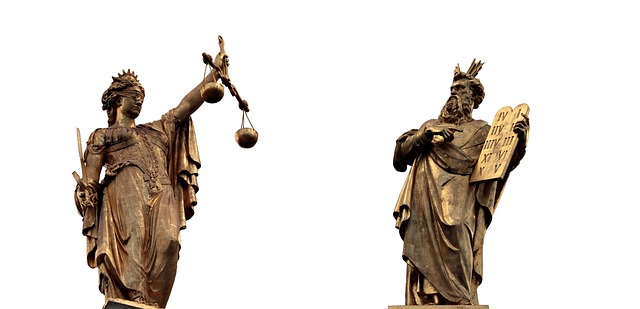
In the event of a pedestrian accident, meticulously tracking medical bills is paramount for any legal claim. The process begins with obtaining and preserving all relevant documents, including hospital invoices, doctor notes, and prescription receipts. Organize this paperwork chronologically to ensure a clear record of expenses incurred from the date of the incident onwards. This systematic approach facilitates precise calculation of compensatory damages in legal proceedings.
For effective documentation, create a detailed log that includes dates, descriptions of services, associated costs, and names of healthcare providers. Additionally, keep track of any communication with insurance companies regarding coverage or reimbursement. This comprehensive tracking method not only aids in building a robust case for accident compensation but also simplifies the process of claiming real estate disputes or seeking damages for breach of fiduciary duty, ensuring a fair outcome for all parties involved.
Maximizing Compensation: Strategies for Effective Billing and Claim Management

Maximizing compensation in pedestrian accident medical bills cases requires a strategic approach to billing and claim management. Effective strategies begin with meticulous documentation of all expenses related to the victim’s treatment, ensuring every cost is accounted for and justified. This includes not just immediate medical costs but also long-term care plans, rehabilitation, and any anticipated future medical needs resulting from serious injuries. A comprehensive understanding of the patient’s medical history and the breach of fiduciary duty by the negligent party can significantly enhance the claim’s value.
By prioritizing thorough documentation and a proactive approach to gathering evidence, legal teams can better navigate complex cases involving caregiver abuse or other forms of negligence. This meticulous process enables them to present compelling arguments that support the victim’s right to full compensation for their serious injuries and associated medical bills. Ultimately, these strategies aim to secure the highest possible settlement or verdict, ensuring the victim receives the care and resources they need to recover fully.
In the aftermath of a pedestrian accident, managing medical bills is a critical step in the legal process. By understanding what constitutes these bills and learning how to track them effectively, you can ensure comprehensive documentation for your claim. This article has provided valuable insights into navigating pedestrian accident medical bills, offering strategies to maximize compensation through proper billing and claim management. Remember that each case is unique, so consulting with a legal professional specializing in pedestrian accidents is essential to guide you through the intricacies of the process.

